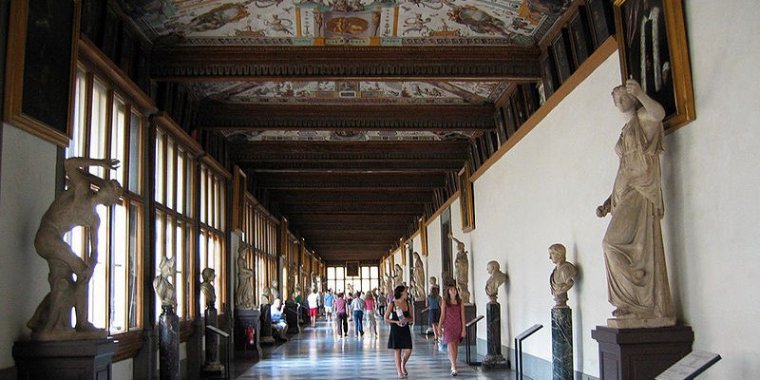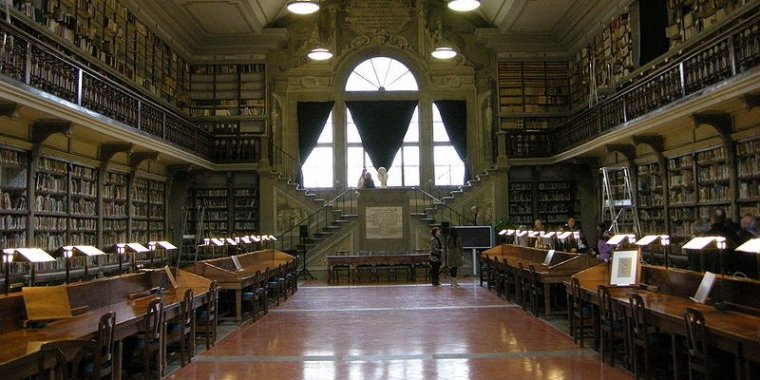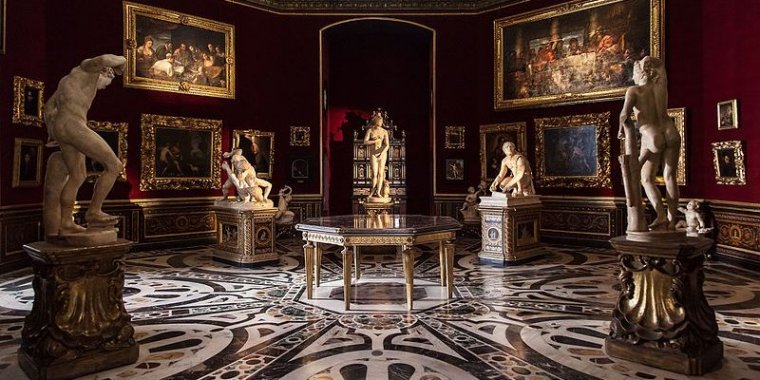| Published in Attractions / Places of Interest |
Uffizi Gallery (Galleria degli Uffizi), Florence, Italy
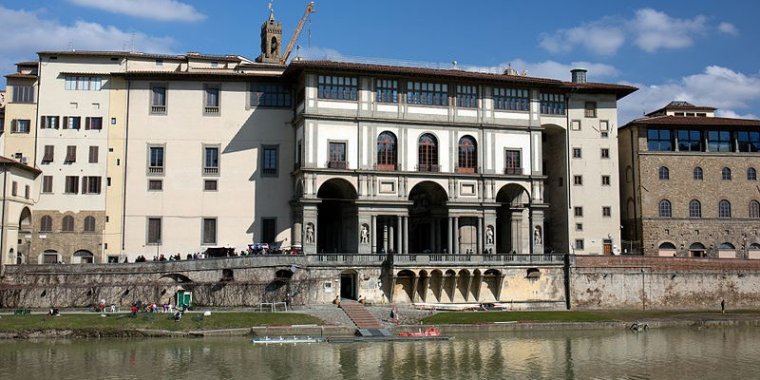
Uffizi Gallery, Florence, Italy. ![]()
The Uffizi Gallery (Galleria degli Uffizi) is a prominent art museum located adjacent to the Piazza della Signoria in the Historic Centre of Florence in the region of Tuscany, Italy. One of the most important Italian museums and the most visited, it is also one of the largest and best known in the world and holds a collection of priceless works, particularly from the period of the Italian Renaissance.
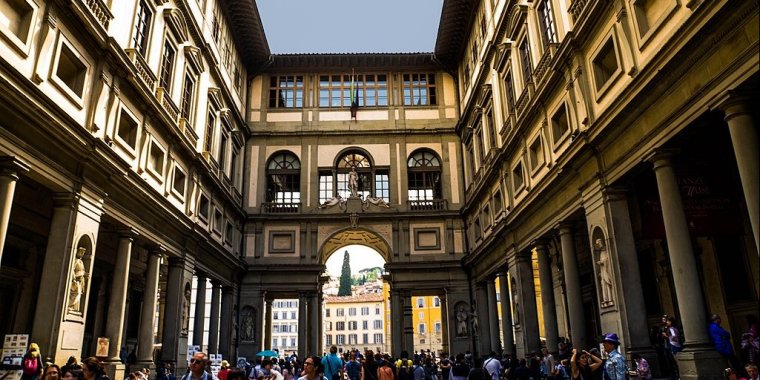
Uffizi Gallery, Florence, Italy. ![]()
After the ruling house of Medici died out, their art collections were gifted to the city of Florence under the famous Patto di famiglia negotiated by Anna Maria Luisa, the last Medici heiress. The Uffizi is one of the first modern museums. The gallery had been open to visitors by request since the sixteenth century, and in 1765 it was officially opened to the public, formally becoming a museum in 1865.
Today, the Uffizi is one of the most popular tourist attractions of Florence and one of the most visited art museums in the world.
The building of Uffizi complex was begun by Giorgio Vasari in 1560 for Cosimo I de' Medici so as to accommodate the offices of the Florentine magistrates, hence the name uffizi, "offices". The construction was later continued by Alfonso Parigi and Bernardo Buontalenti; it was completed in 1581. The top floor was made into a gallery for the family and their guests and included their collection of Roman sculptures.
The cortile (internal courtyard) is so long, narrow and open to the Arno at its far end through a Doric screen that articulates the space without blocking it, that architectural historians treat it as the first regularized streetscape of Europe.
Vasari, a painter and architect as well, emphasised its perspective length by adorning it with the matching facades' continuous roof cornices, and unbroken cornices between storeys, as well as the three continuous steps on which the palace-fronts stand. The niches in the piers that alternate with columns of the Loggiato filled with sculptures of famous artists in the 19th century.
The Uffizi brought together under one roof the administrative offices and the Archivio di Stato, the state archive. The project was intended to display prime art works of the Medici collections on the piano nobile; the plan was carried out by his son, Grand Duke Francesco I.
He commissioned the architect Buontalenti to design the Tribuna degli Uffizi that would display a series of masterpieces in one room, including jewels; it became a highly influential attraction of a Grand Tour. The octagonal room was completed in 1584.
Over the years, more sections of the palace were recruited to exhibit paintings and sculpture collected or commissioned by the Medici. For many years, 45 to 50 rooms were used to display paintings from the 13th to 18th century.
The Uffizi hosted over two million visitors in 2016, making it the most visited art gallery in Italy. In high season (particularly in July), waiting times can be up to five hours. Tickets are available on-line in advance, however, to significantly reduce the waiting time.
A new ticketing system is currently being tested to reduce queuing times from hours to just minutes. The museum is being renovated to more than double the number of rooms used to display artwork.
Source
• www.wikipedia.org
YOU MAY ALSO LIKE
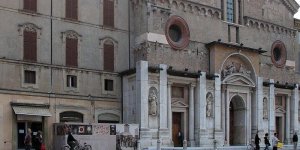

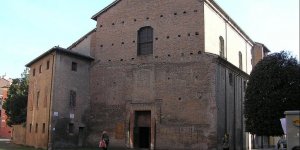
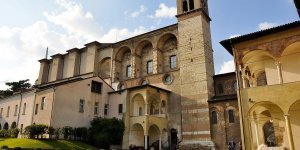
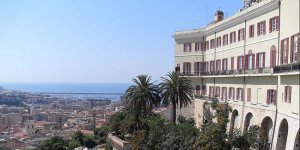
 If you own or manage a travel-related business such as a hotel, a bed-and-breakfast, a restaurant, a pub or a cafeteria, you can create a web page for your business for free on Titi Tudorancea Travel Info. » |
